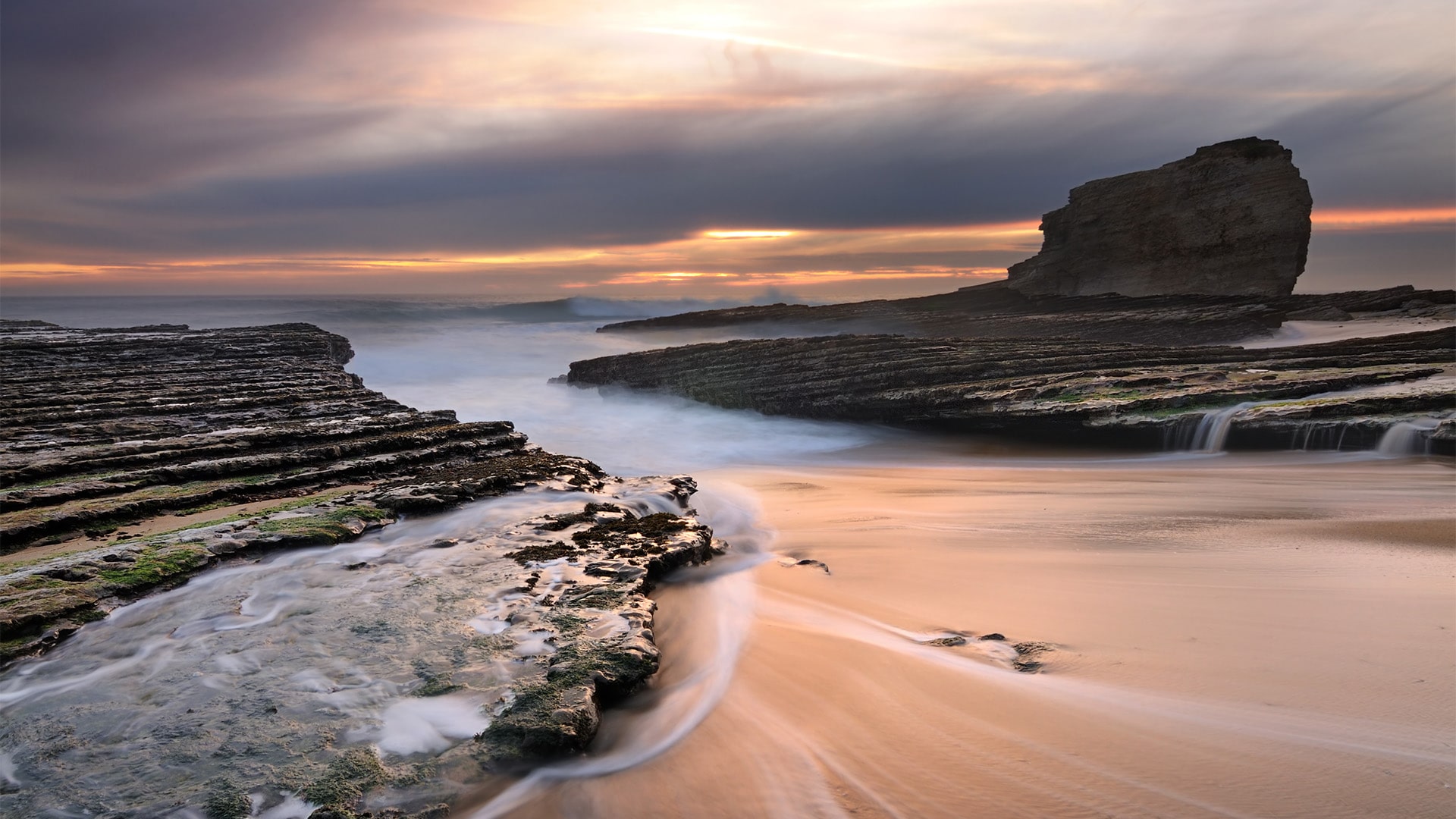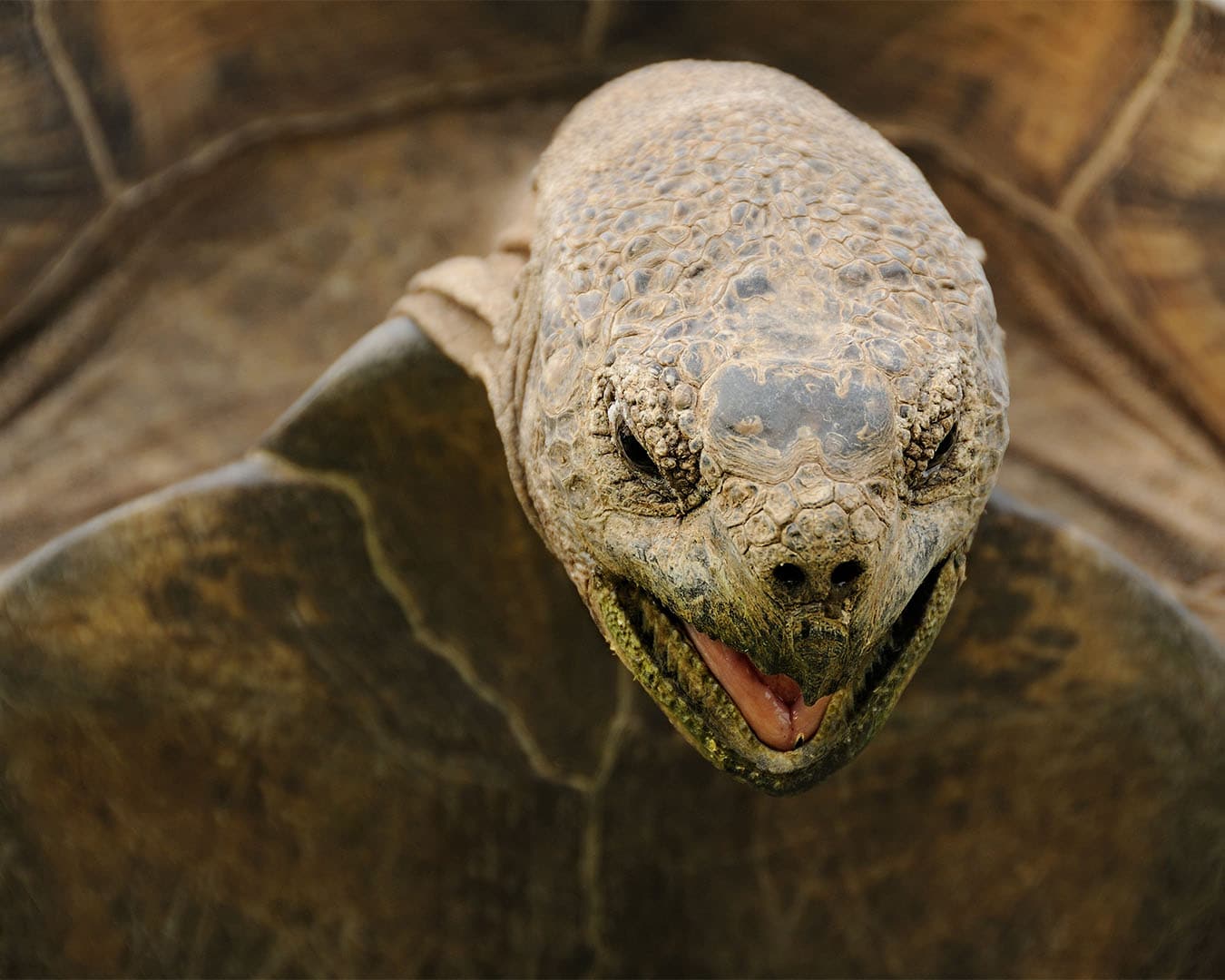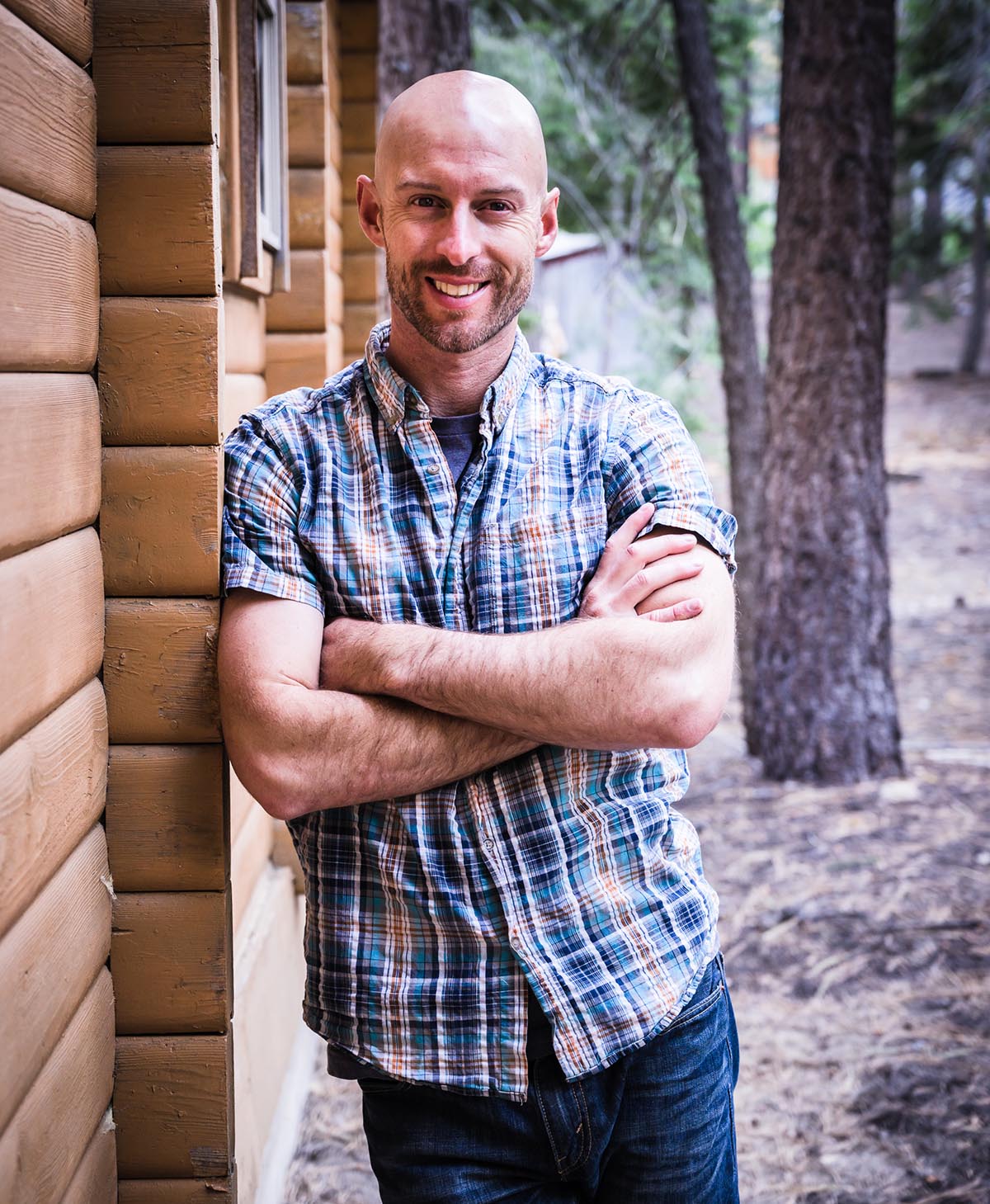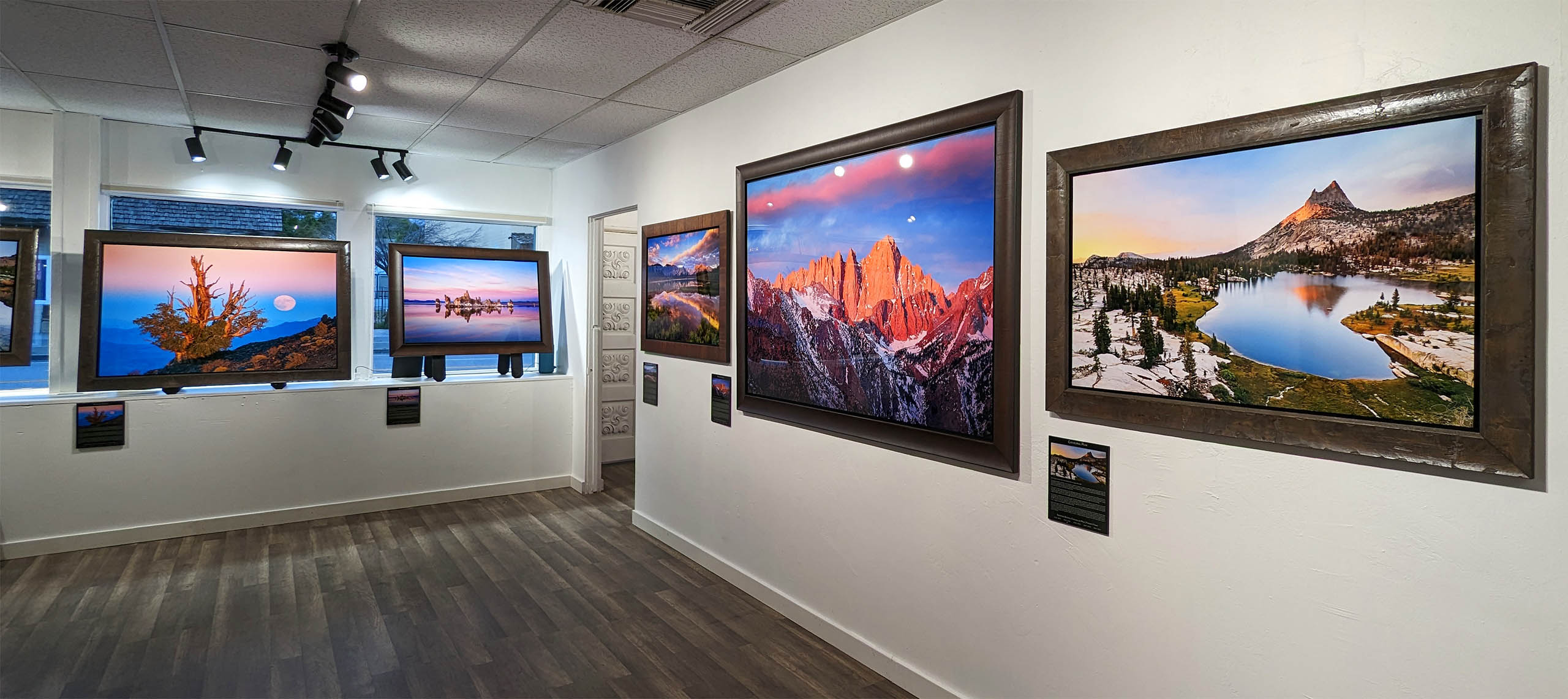
Episode Transcript: [opening credits] Howdy my photo peeps. Josh Cripps here from Professional Photography Tips and today I’m going to be analyzing a few of my own photos to show you exactly what’s missing and how I can improve these shots. If you haven’t seen part I of this video, The 4 Things Every Great […]

Episode Transcript: There’s no formula for a perfect a photo, but every great photo starts from the same recipe. I’m Josh Cripps and today I’m going to show you exactly what that recipe is. [opening credits] Hey everyone and welcome to professional photography tips. If you’ve ever looked at your photography and said “meh, why […]

Episode transcript: I’m Josh Cripps and I’m going to show you how asking yourself a few simple questions can dramatically improve the artistry your photos. Hi all, welcome to Professional Photography Tips. One of the most common questions I get while teaching workshops is “My photos always turn out looking like snapshots. How can I […]






